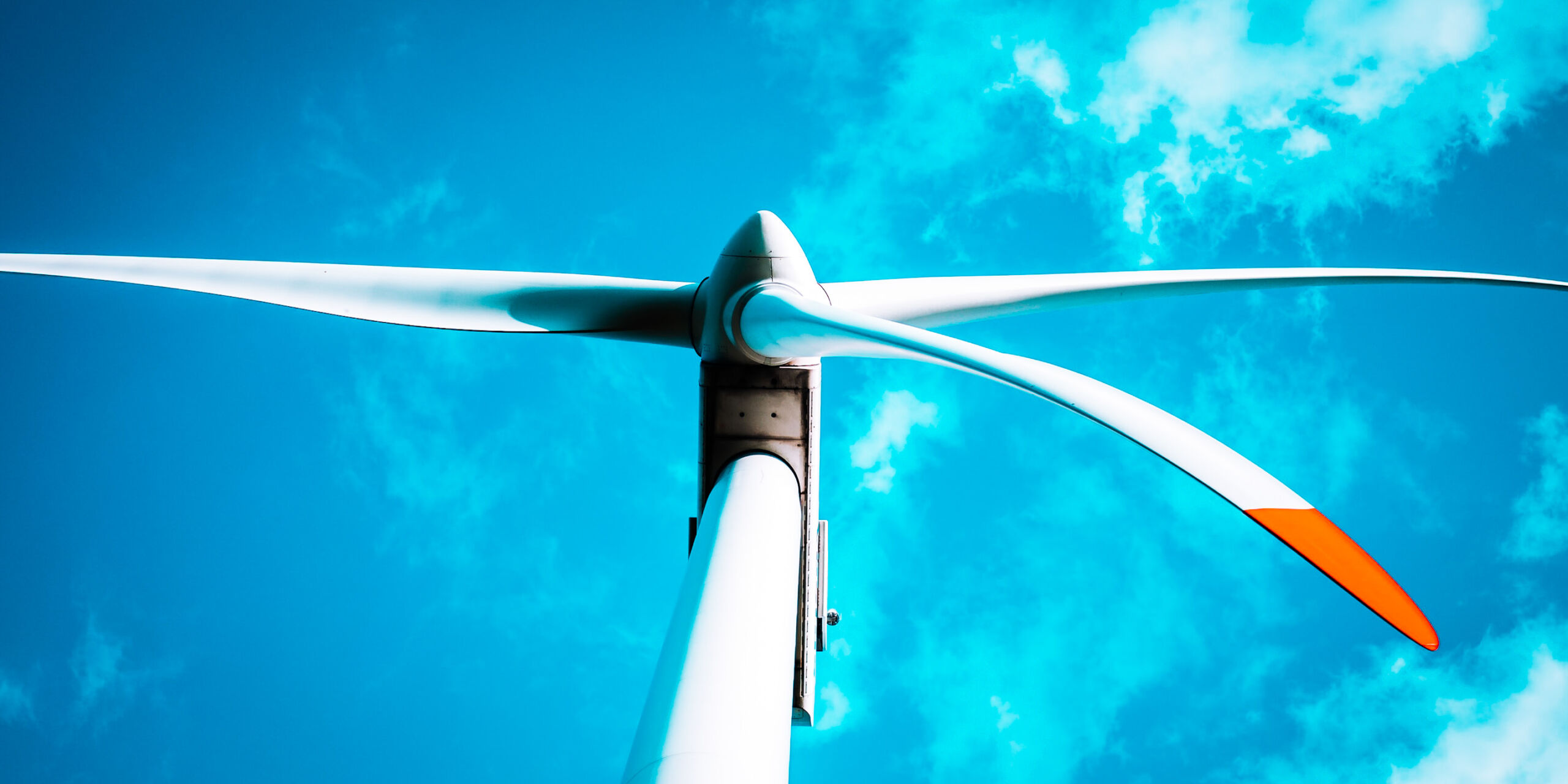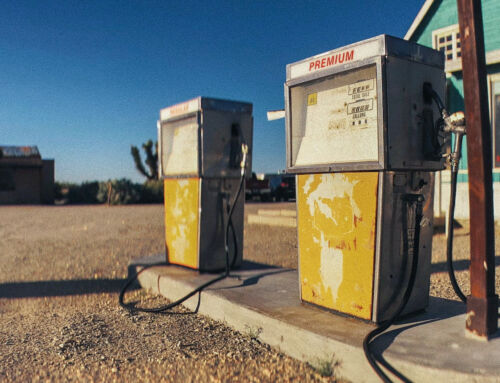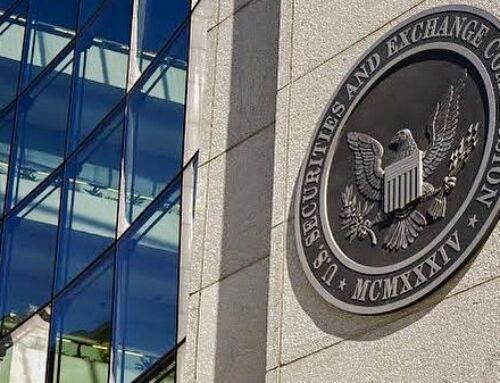View by Topic
Recent Articles
-
Congress Blocks California’s Gasoline Car BanSaturday, May 31st, 2025
-
EPA Will Keep Current Limits for “Forever Chemicals” in Drinking WaterSaturday, May 24th, 2025
-
Court Indefinitely Pauses SEC Climate Rule LitigationSaturday, May 17th, 2025
-
Maryland is About to Regulate Mold But is the Cart Before the HorseSaturday, May 10th, 2025
View by Month/Year
“Green Building Law Update” Headlines
Recent Articles & News from
Stuart Kaplow’s blog
at GreenBuildingLawUpdate.com
- Congress Blocks California’s Gasoline Car Ban: A Legal and Policy Analysis June 1, 2025
- EPA Will Keep Current Limits for “Forever Chemicals” in Drinking Water May 25, 2025
- Court Indefinitely Pauses SEC Climate Rule Litigation May 18, 2025
- Maryland is About to Regulate Mold: But is the Cart Before the Horse? May 11, 2025
Subscribe to the Green Building Law Update!
Stuart Kaplow brings his expertise and extensive experience to the table with his unique digital publication, "Green Building Law Update". Subscribers receive regular updates to keep them informed about important issues surrounding Environmental Law, Green Building & Real Estate Law, as well as the emerging demand for Environmental Social Governance (ESG).
Get fresh content through the lense of Stuart Kaplow's cutting-edge expertise, innovative commentary and insider perspective. Don't miss another issue! Subscribe below.

Anatomy of an Executive Order: Stopping the Wind
Executive Orders are a vital mechanism for the President of the United States to manage the operations of the federal government. Since George Washington issued the first eight Executive Orders, more than 1,400 have been recorded. Every American President has issued at least one. Codified under Title 3 of the Code of Federal Regulations, Executive Orders carry the force of law, providing a direct and impactful way for the President to address key issues.
President Donald Trump’s Executive Order, issued on January 20, 2025, titled “Temporary Withdrawal of All Areas on the Outer Continental Shelf from Offshore Wind Leasing and Review of the Federal Government’s Leasing and Permitting Practices for Wind Projects,” exemplifies how such orders can reflect a leader’s vision while addressing critical national concerns. This directive not only honors a campaign promise but also underscores the administration’s commitment to re-evaluating energy policies with a focus on innovation, security, and sustainability.
Understanding Executive Orders
An Executive Order is a signed, written, and published directive from the President. Unlike legislation, Executive Orders do not require Congressional approval, making them a powerful tool for immediate action. However, Congress retains the ability to influence their implementation through legislation or funding adjustments. Only a sitting President can revoke or amend an existing Executive Order by issuing a new one.
Key Provisions of the Executive Order
President Trump’s Executive Order on offshore wind leasing includes several critical provisions designed to ensure a thorough evaluation of current practices and their impacts:
Withdrawal from Offshore Wind Leasing
- Effective January 21, 2025, all areas within the Outer Continental Shelf are withdrawn from consideration for wind energy leasing. (Note, the ocean between 3 and 200 miles off the Atlantic coast is actually not the Outer Continental Shelf, but rather is the Exclusive Economic Zone.)
- This withdrawal will remain in effect until explicitly revoked by a future Executive Order.
- Existing leases are not immediately affected, but the Secretary of the Interior is tasked with reviewing those leases to assess their ecological, economic, and environmental implications. This review could lead to amendments or terminations where necessary.
Review of Federal Wind Leasing and Permitting Practices
- A temporary halt is placed on issuing new or renewed approvals, rights of way, permits, leases, or loans for both onshore and offshore wind projects.
- The Secretary of the Interior, in collaboration with other federal agencies, will conduct a comprehensive assessment of current wind leasing and permitting practices. This evaluation will address: Environmental impacts on wildlife, including birds and marine mammals; Navigational safety and transportation concerns; and, Effects on national security and commercial interests.
More than Just a “Day One” Campaign Promise
It should be no surprise that this Executive Order was issued on day one. Candidate Trump said at a rally in New Jersey last May that he intended to sign an Executive Order on day one that would halt “horrible” offshore windmill projects. We counted at least 10 times he repeated that pledge. In recent weeks the media widely reported then President Elect Trump asked New Jersey Congressman Jeff Van Drew to draft an order after the Congressman lobbied to have the campaign promise fulfilled.
President Trump’s Executive Order reflects a thoughtful approach to energy policy, prioritizing a comprehensive review of current practices to ensure they align with broader national interests. His opposition to offshore wind projects, often criticized for their reliance on subsidies (.. Federal tax credits cover 50% of the cost of building offshore wind) and potential environmental and aesthetic impacts, has been consistent and well documented. By pausing new leasing and permitting, this directive creates an opportunity to:
- Reassess the economic viability of wind energy projects in the context of federal subsidies.
- Address potential environmental concerns, particularly the impact on marine ecosystems and wildlife.
- Consider the broader implications for national security and navigational safety.
Positive Impacts on Energy Policy
This Executive Order aligns with the administration’s broader energy “drill, baby, drill” (.. curiously, which slogan was first used by Maryland Lieutenant Governor Michael Steel in 2008) strategy, which emphasizes energy independence, economic efficiency, and the reduction of regulatory burdens. By encouraging a more balanced and sustainable approach to energy development, this policy provides a pathway to:
- Strengthen the role of natural gas and maybe even nuclear and hydrogen energy sources.
- Minimize reliance on taxpayer funded subsidies for renewable energy projects.
- Protect critical ecosystems and maintain navigational and national security priorities.
Industry Impacts and Future Opportunities
The environmental industrial complex, while facing immediate challenges due to this policy change, now has an opportunity to innovate and adapt.
This is much more than a pause in new off shore wind leasing. By way of example, the single surviving planned Maryland offshore wind project was described last week by a regulator as, “at best a Zombie enterprise,” when state public officials have not yet admitted publicly “.. it only exists as a living dead” attempt to catch the wind. With appeals of the federal Bureau of Energy Management permits pending that a Trump Administration will now be called upon to defend, the permitting cannot end well. And the Delaware rejection of that wind project’s substation building permit application further damns the Maryland project. That offshore wind was key to the Maryland Governor’s climate plan. The fastest adapters and quickest disrupters are already prioritizing innovation in technological and environmental change in Maryland.
Denmark’s Ørsted, the world’s largest off shore wind turbine business, whose stock dropped 13% on January 20 and on that day said it would take an impairment charge of approximately $1.68 Billion for projects off the coasts of Maryland, Delaware, and New Jersey, for instance, may lead the way in rethinking project designs and locations to align with evolving U.S. policies.
On a different but related environmental matter, the President signed an Executive Order triggering the United States’ withdrawal from the Paris Agreement under the United Nations Framework Convention on Climate Change.
Conclusion
President Trump’s Executive Order “Stopping the Wind” is a decisive step toward reshaping America’s energy landscape. By pausing offshore wind leasing and permitting, the administration has created an opportunity to reassess and refine energy policies in a way that prioritizes innovation, sustainability, and national interests. This move not only fulfills a campaign promise but also reflects a commitment to responsible governance and forward thinking energy strategies.
As stakeholders across industries and government collaborate to navigate these changes, the potential for innovation and progress is strong. We would be pleased to talk with you about it.
For a comprehensive list of Executive Orders issued by the Trump Administration, visit The White House Presidential Actions.









